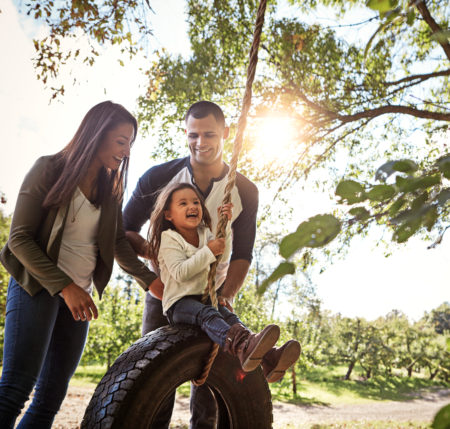There are many opinions and myths about child sexual abuse. The truth may surprise you! Check out these seven common misconceptions and learn the facts.
Sexual abuse is probably not something you think about regularly when it comes to kids – and it’s definitely not something you ever want to imagine could happen! But the truth is, 1 in 10 children in America will be sexually abused before the age of 18. Children (which we define as anyone under the age of 18) are sexually victimized at a much higher rate than adults. There are approximately 42 million adult survivors of child sexual abuse living in the U.S. alone. This means that you know, and might even love, a survivor.
Part of the reason child sexual abuse, sometimes called child molestation or sexual assault, is so common is because people generally don’t want to talk about it. However, the more we talk about it, the safer kids actually become!
What is child sexual abuse?
Any sexual act between an adult and a minor, or between two minors, when one exerts power over the other. It may include forcing, coercing, or persuading a minor to engage in any type of sexual act. It also includes non-contact acts such as exhibitionism, exposure to pornography, voyeurism, communicating in a sexual manner, and commercial sexual exploitation (sex trafficking).
Learn more about why we call it “child sexual abuse,” and not “rape” or “molestation” here.





Hi! I seen a 30 minute course on your site, but now I can’t find it for the month of January. Can you please send me the link? Thank You
Thank you for bringing hope to so Many. God bless You